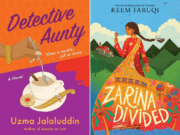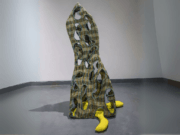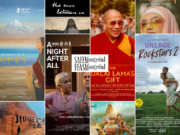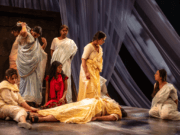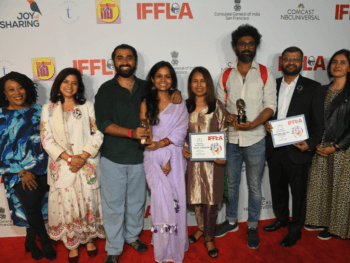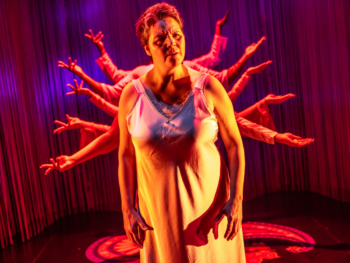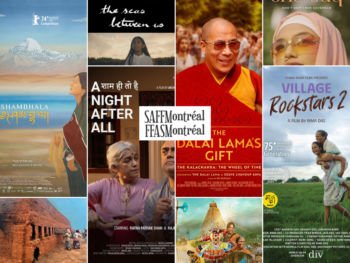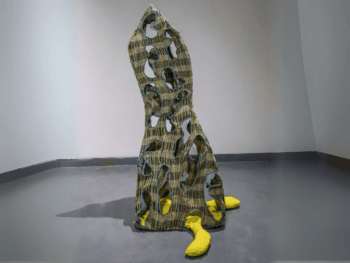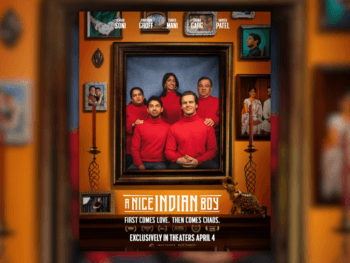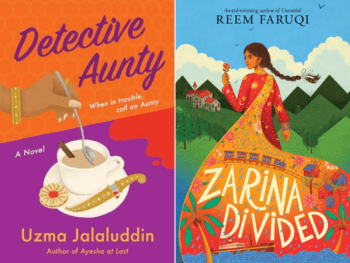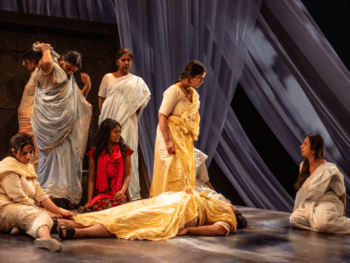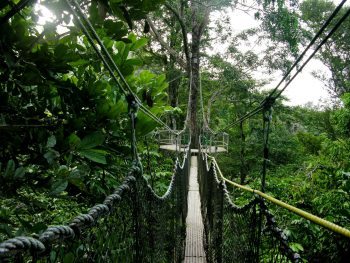
A momentous anniversary calls for a momentous journey in the lush forests of Guyana.
South Asians came over to Guyana generations ago as endentured slaves but brought with them the rich culture and customs of India. About half of Guyanese are Indian and a third are Hindu. For a small country, Guyana is the cross section of various cultures, foods, languages, music, dances and peoples. This year, South America’s only English-speaking country, located on the northern tip of the continent, is celebrating its 50th anniversary and is inviting tourists to experience a lot in this culturally and environmentally diverse country. You can’t get much more exotic than Guyana.
Sitting on a boat in the Essequibo River in the jungle of Guyana, my tour guide fixes his binoculars at the top of a Mora tree. “A Harpy Eagle,” he points, as I extend my camera’s lens to catch sight of the largest and most powerful raptor in the Americas. The Harpy Eagle is one of Guyana’s Big Five — the five animals that visitors aim to see on safari. The others are the Giant Anteater, the Giant River Otter (first documented in the North Rupununi River in 1988), the Black Caiman and the elusive jaguar, South America’s largest cat. While diminishing habitats are squeezing out wildlife elsewhere, here they have ample room to roam. Seventy five per cent of the country is dense with intact forest and in the heart of the Guiana Shield is Iwokrama Forest, one of the last four pristine tropical forests in the world.
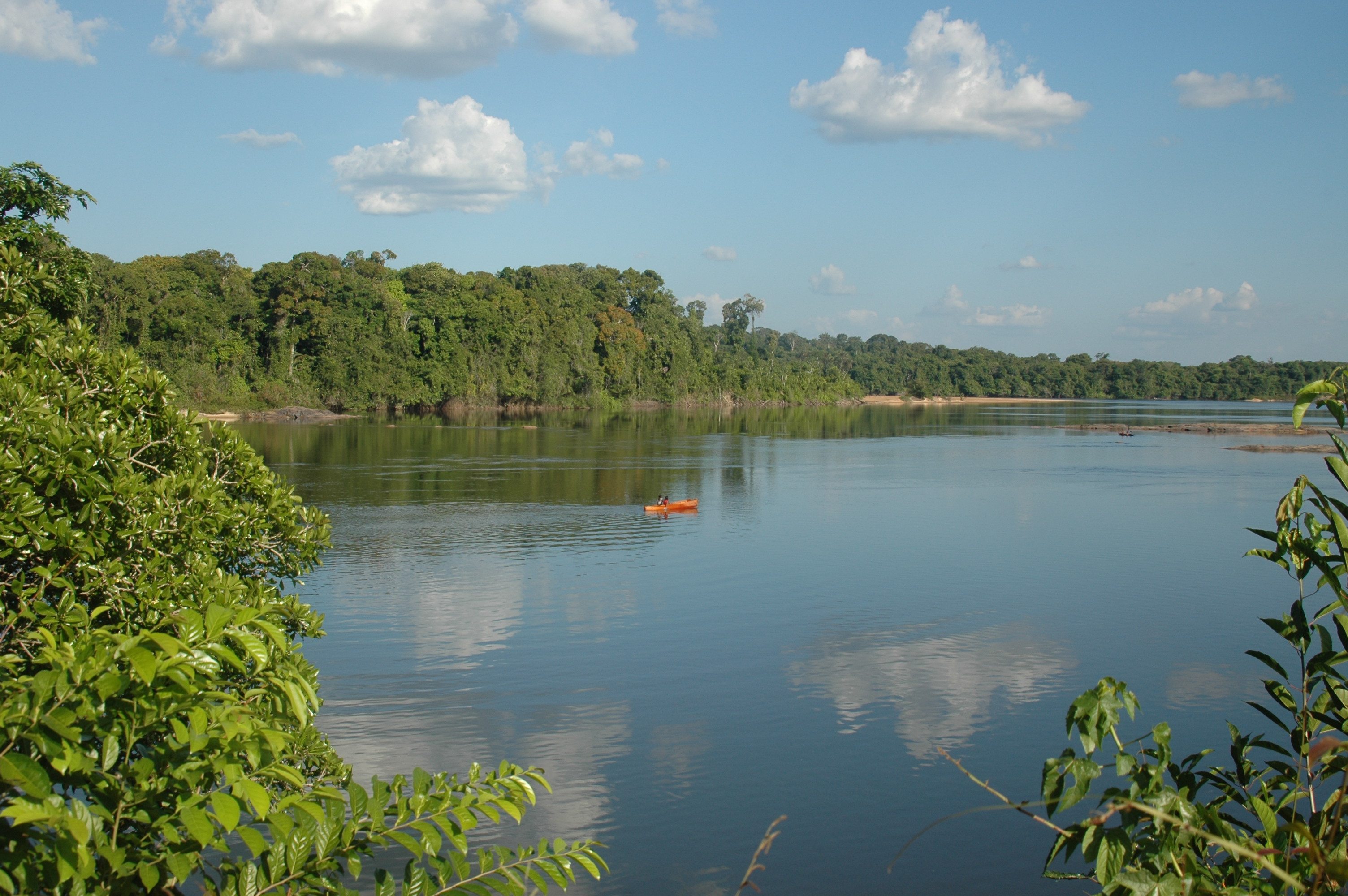
On a mission to explore the country’s wild heart, I boarded a small aircraft from Georgetown (the country's captial city) for my first excursion and landed at an airstrip near Kaieteur Falls, the world's widest single drop waterfall and nearly five times the height of Niagara Falls. One of Guyana’s main attractions, it’s not for the faint of heart with its steep cliffs and dense shrubbery.
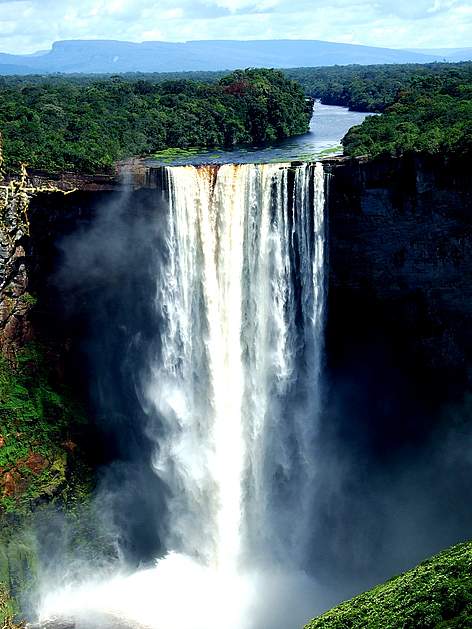
I signed up for a longer adventure with Wilderness Explorers for a three-day trip that took us to four lodges in the interior with landscapes ranging from mountains to rainforest to savannah. We travelled by small plane, four-wheel drive and motorboat to reach seldom visited and isolated locales.
After landing onto a grassy airstrip at Annai in front of the Rockview Lodge, which seemed a pleasant place to stay, we set off on a desolate dirt road towards Atta Lodge. Nine Amerindian tribes inhabit the interior including the Macushi whose members we encountered as guides and lodge owners. “Atta,” we learned, means hammock in the Macushi dialect, and that’s what people slept in before the small lodge was built in 2005.
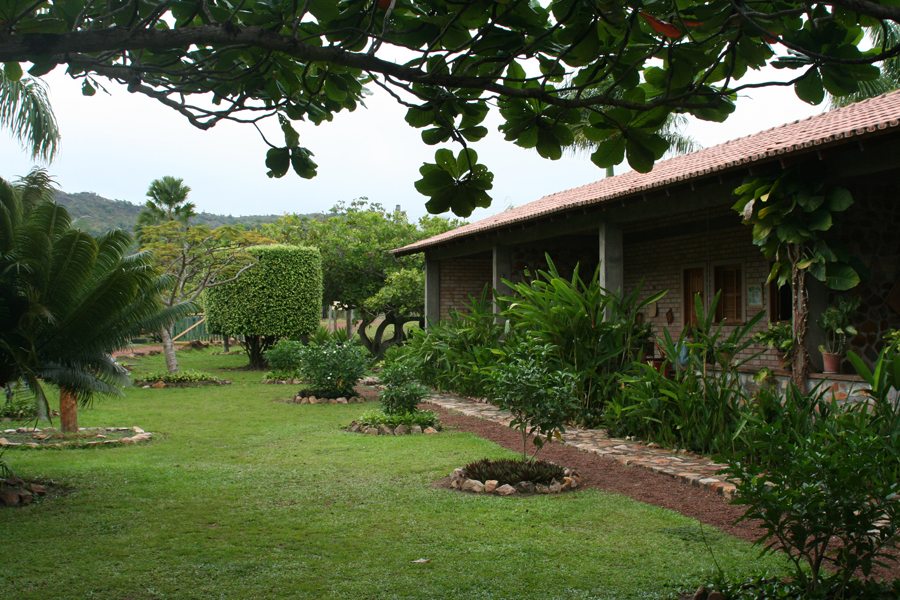
What defined my visit here more than anything, was the piercing call of the Screaming Piha (a local bird), and the Iwokrama Canopy Walkway (main image). Built with Canadian technical know-how in 2002, the 154-metre long walkway is 35 metres above ground offering closer views of monkeys and some of Guyana’s 800 bird species.
To venture into the interior of Guyana is like entering another world, and it’s best to come prepared. A flashlight comes in handy at night, a mosquito net outfit is a must (though the pesky insects still managed to get through) and something to combat the humidity.
The 58-kilometer drive to our next destination — the Iwokrama River Lodge — was punctuated with sightings of animals like a Spider Monkey, a Muscovy Duck, a Green Iguana, turtles, and Sulphur and Blue Morpho butterflies seemingly everywhere. Birdlife was particularly rich and during hikes or out on the river, I counted more than three dozen species including the Toucan, Grey Hawk, Red-Shouldered Macaw, Caica Parrot, the Harpy Eagle, of course, and a personal favourite, the Guianan Cock-of-the-Rock with its distinctive half-moon crest. According to the driver, the area is also a jaguar hotspot.
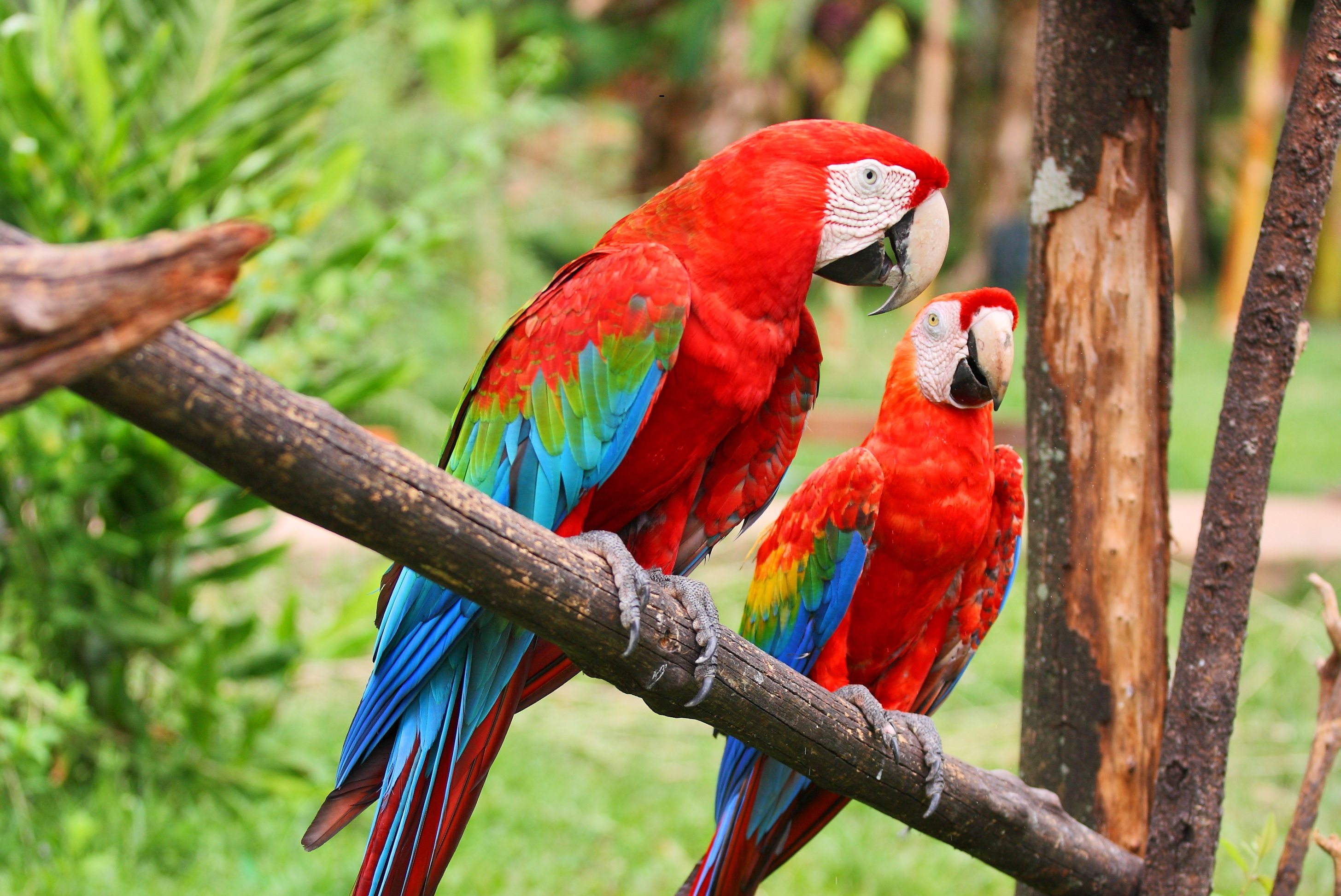
Photo Credit: www.travelandescape.ca
Traveling between lodges, the driver/guides proved to be a wealth of information on life in the interior. We learned the Macushi gave the world curare, one of the most widely used sources of muscle relaxant, and that Guyana is home to the largest freshwater fish — the Arapaima — which can grow more than 6 feet (1.8 metres) in length and weigh over 600 pounds.
At the Iwokrama River Lodge, with its cabins set picturesquely along the waterfront, we chatted with researchers who work at the field station here, saw 6,000-year-old Macushi petroglyphs and encountered some more animals.
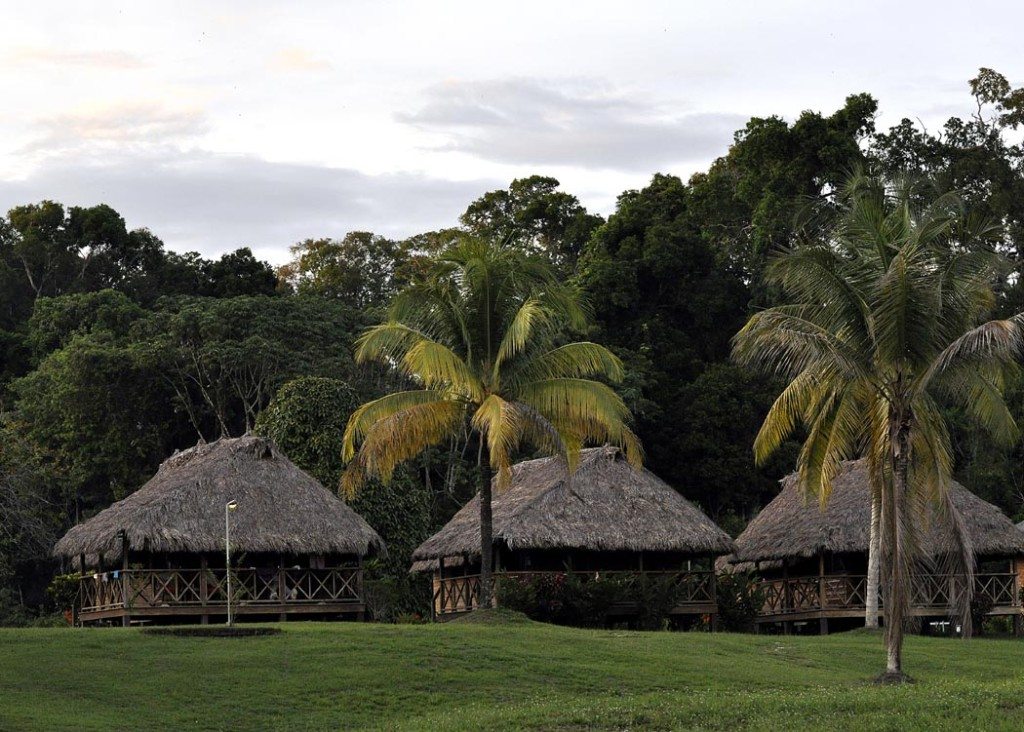
Photo Credit: www.iwokramariverlodge.com
Sights of an enormous caiman which lurked close to the river’s edge, or the Boa Constrictor wrapped around a tree branch didn’t catch me off guard as much as the toads. Though harmless in comparison, these palm-sized amphibians announced their presence at night with a loud chorus and occasionally leapt out at me.
After three days in the forest, Georgetown felt like a major metropolis. It took several more days once home in Toronto to shake the effects of what can best be described as culture shock. I unpacked my bag which contained two of the most unusual souvenirs I have ever purchased: the metre-long cassava strainer woven from a local plant (who knows when I’ll ever use that? I was intrigued by its ingenious design) and a carving of a Capybara, the world’s largest rodent, found in Guyana, which we never did see. It was made from balata, a sap which comes from the local Bulletwood tree. How exotic is that?
Main Image Photo Credit: www.guyaneseroots.com
Diane Slawych
Author
Diane Slawych is a Toronto-based writer who has travelled (often solo) in 90 countries. Her stories have appeared in dozens of publications including the Toronto Sun, National Post, and Toronto Star. A former radio news reporter & editor, she has swum with Beluga whales in Churchill, survived ...














